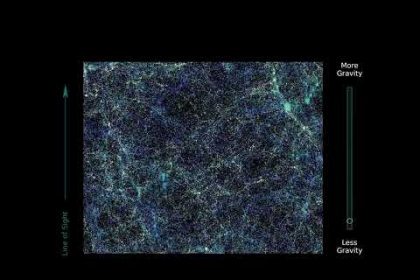Scientists have recently been able to obtain a lot of data about the planet Neptune, its climate as well as its atmosphere. Most of this data is related to the Voyager 2 spacecraft, which was able to pass by this planet in the 1980s and record large storms on its surface.
According to Tecna technology and technology news service, Voyager 2 saw white points that were Neptune’s clouds made of frozen methane while passing by the planet Neptune. Now data from the Hubble telescope and other telescopes have been obtained, which shows the reason for the creation of so many clouds in its atmosphere and how black clouds are formed. For example, in 2019, the number of clouds on the surface of this planet decreased drastically, and the reason was not clear to scientists.
Randy Chavez, an astrophysics researcher and one of the researchers of this study, says: Now that four years have passed after the reduction of the number of Neptune’s clouds, the obtained images still show that the situation has not returned to the previous state. This is exciting. Because in the previous period when we faced a decrease, it was not so long and significant.
Researchers have found connections between the number of Neptune’s clouds and the solar cycle. This connection is related to an 11-year pattern of the sun, which causes the number of sunspots and eruptions to increase at certain times. This issue is associated with an increase in ultraviolet rays. This radiation has affected the clouds of Neptune, and about two years after the increase in the activities of the sun, it has caused an increase in the amount of clouds. According to the researchers, the two-year gap created is related to the chemical activities of the atmosphere in cloud production, which requires time.
RCO NEWS

















